
When to be your own doctor
Sometimes, it’s just not possible to get to a doctor. Maybe there’s an ice storm or you’re on a wilderness trek or society has up and collapsed. Below are some problems I treat in my office that can often be addressed at home. In many cases, it’s best to get to a doctor if you can. But when you can’t, these tips, based on my new book The Survival Doctor’s Complete Handbook, may get you out of a pinch.

When a ring is stuck on your finger
This is one of my most popular tips—and it doesn’t require cutting the ring. Instead, cut off a long piece of dental floss. Turn the ringed hand palm up. Thread one end of the floss through the ring, going down toward your palm. Hold that end of the floss in place with the thumb of your ringed hand. Take the other end of the string and wrap the floss tightly around and around your finger, starting at the ring and moving up toward the fingertip. The goal is to squeeze some of the swelling toward the tip, making your finger skinny enough to get the ring off. This trick doesn’t always work, but when it does, it saves both your ring and your finger. You can avoid having to use it by remembering to immediately take any rings off an injured finger or hand—before it swells.

When your ear’s clogged with wax
When clogged earwax is affecting your hearing, here’s a simple home remedy that often works. Take a small bulb syringe—that rubber squeeze ball with a long, narrow tip that’s often used to suck mucus out of babies’ noses. Fill it with lukewarm water. (If the water is too cold or too warm, it may trigger severe dizziness.) Stand in front of a sink. Wrap the arm opposite your ear around the back of your head, and grab the back of your ear. Pull the ear backward. Tilt your head over the sink and irrigate. Caution: It’ll be a little messy. Irrigate two to four times. Stop if there’s any discomfort. If nothing comes out, you may want to wait a while and try again. Here’s why your body makes ear wax in the first place.
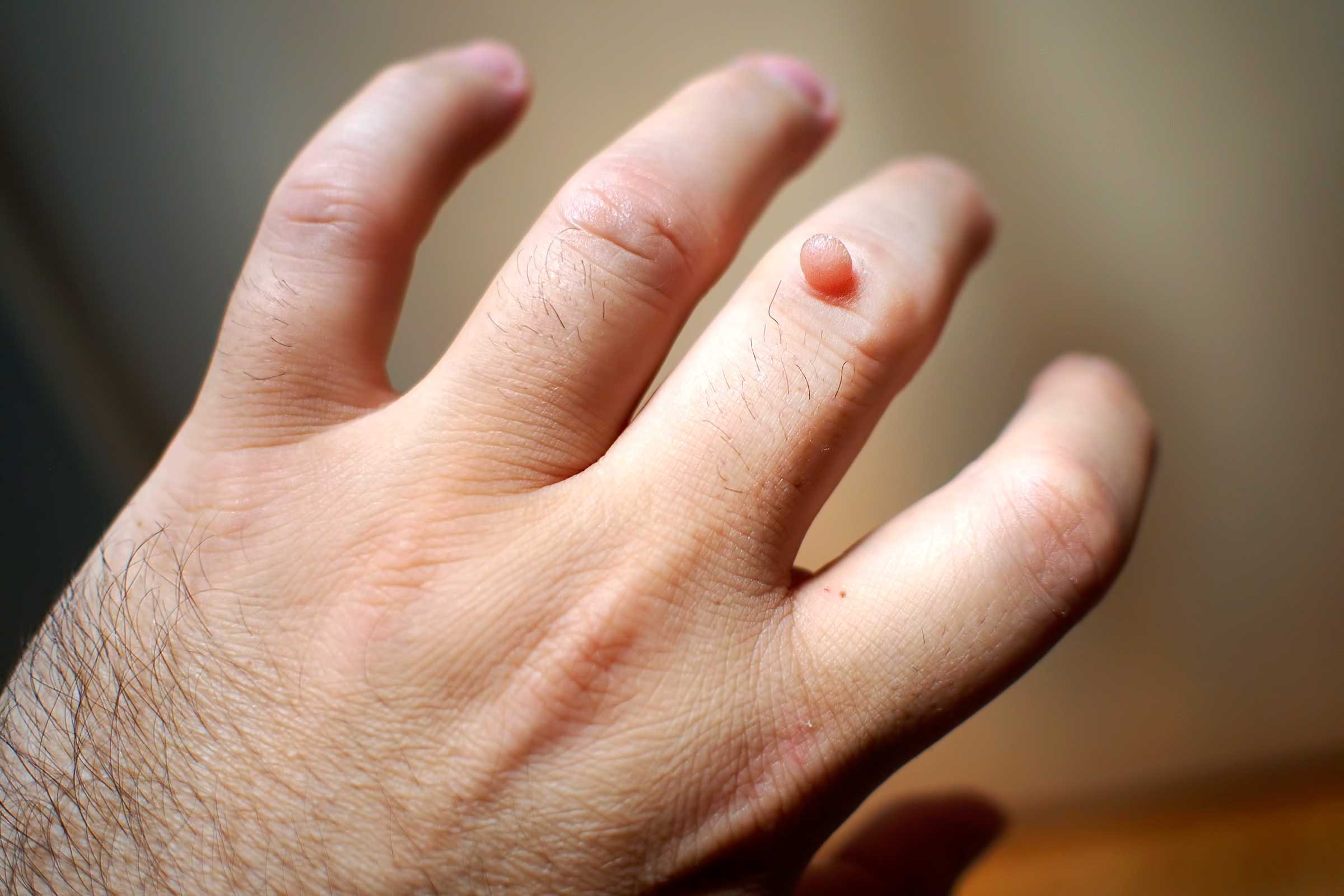
When you have a wart
You don’t even need a pharmacy for this wart-removal trick—just some duct tape. Soak the wart in water for about 15 minutes. File off any excess skin, though don’t file too deep and cause bleeding. Cut a piece of duct tape the size of the wart. Stick it on the wart, and leave it on for six days, replacing the tape if it comes off. After the six days, remove the tape, soak the area again, file, and reapply the tape. Continue this until the wart goes away. If the wart is not gone within two months, this method is probably not going to work for you, so you can stop and try something else. Check out these other smart uses for duct tape.

When something’s in your eye but you can’t find the object
If you think a tiny something is in your eye and you can’t see it, it may be hidden in the upper lid. To look for it, get two clean cotton swabs. Hold the end of one against the upper eyelid. Look down, and flip the upper lid over the cotton swab. If there’s a speck, dab it out with the other swab. If you don’t see a speck, your problem could be a scratch and not a foreign body. Don’t miss these 13 tricks to improve your vision that have nothing to do with carrots.
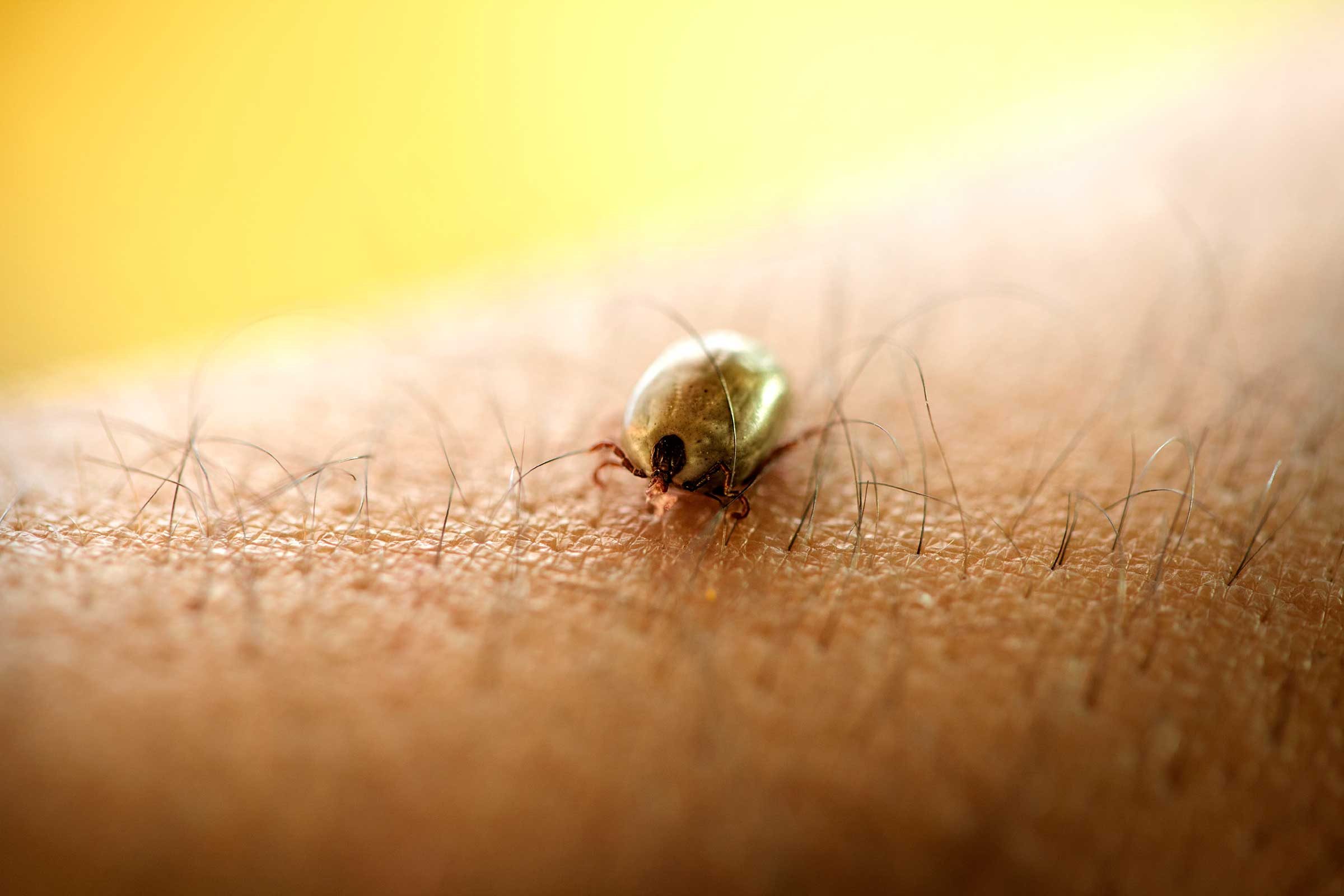
When a tick bites
Sometimes people come into my office for tick removal. To remove a tick at home, the best way is to use needle-nose tweezers. Grab the tick with the tweezers, placing them as close to the skin as possible, and pull with a steady force. Following these steps will help keep you from pulling the insect’s body off and leaving the head embedded in your skin. Experts say the popular method of using a hot match to get a tick off is not the best idea because this may cause the tick to regurgitate into your body. Same with petroleum jelly. Here’s how to protect yourself from ticks.
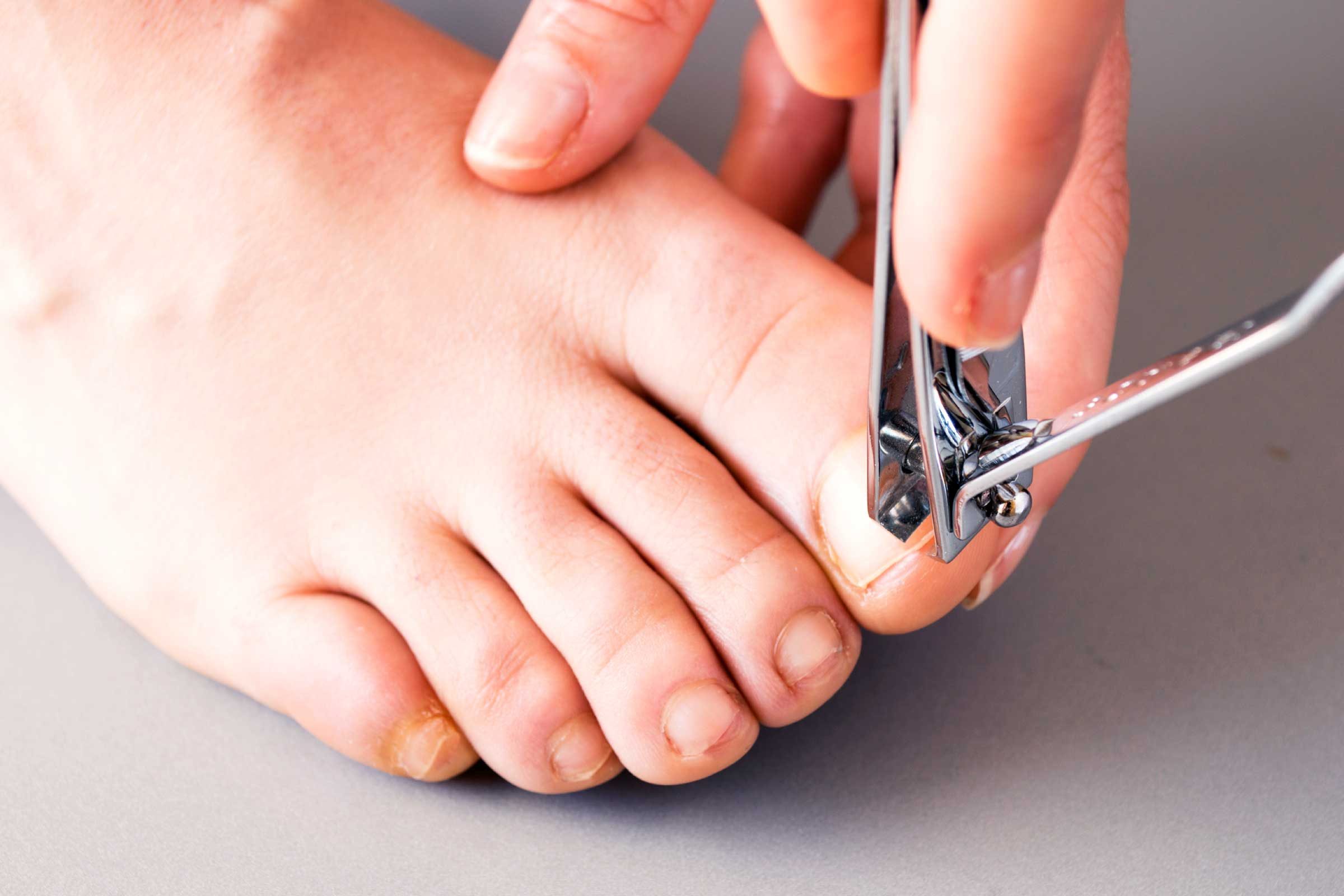
When you have an ingrown toenail
Soak the affected part of the toe in warm water for about 10 minutes. Pat dry. Gently push a piece of a cotton ball under the edge of the irritated toenail corner. This will hopefully raise the edge. Repeat the soaking every four to six hours. If the cotton comes out, reinsert. Leave it under there until the toenail grows out right. If the ingrown nail starts looking worse or isn’t better in 24 to 48 hours, this technique is probably not going to work, and you need to see a doctor because the area could get infected. To help prevent the problem in the first place, always cut your toenails straight across.
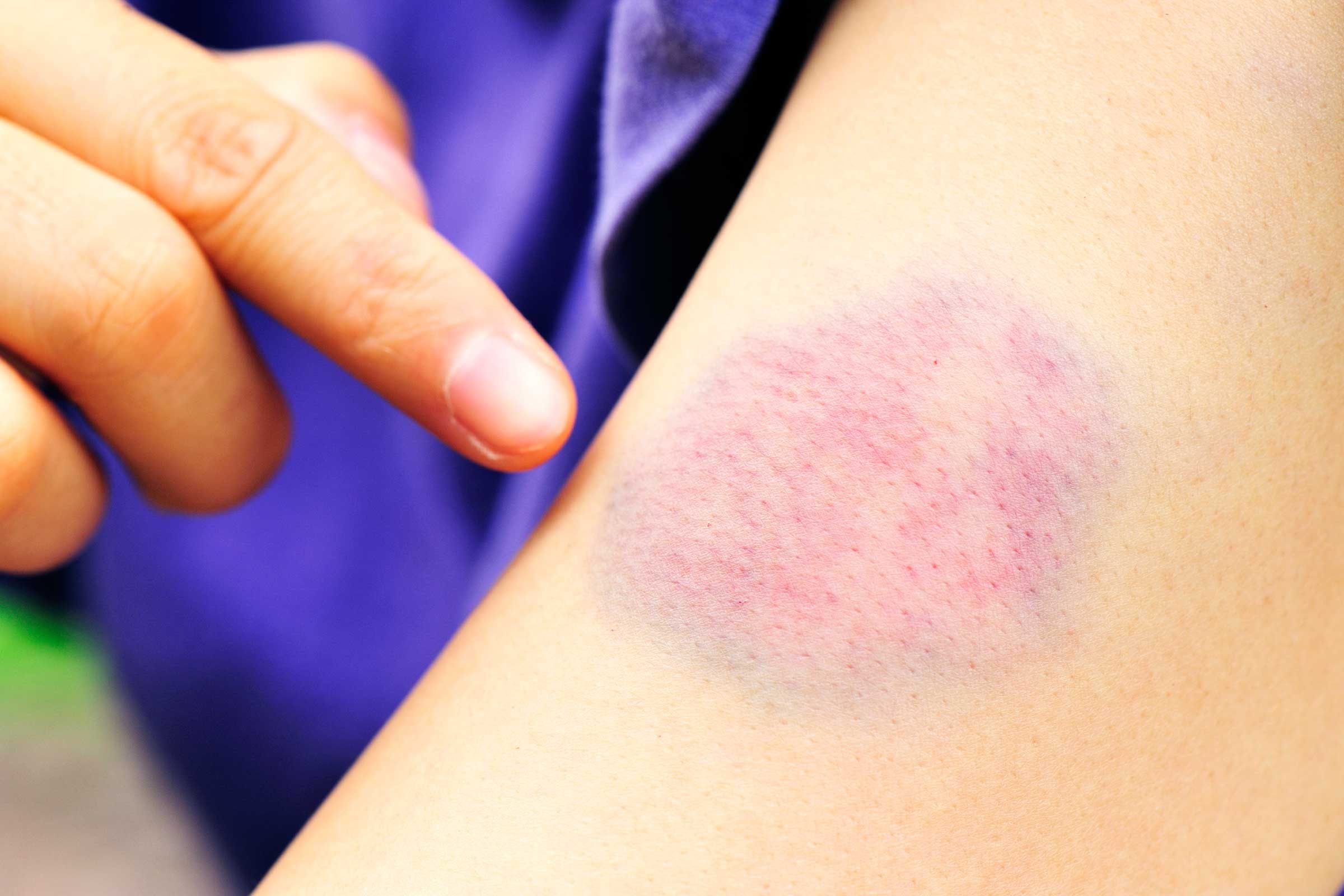
When you have a sprain or bad bruise
Bruises and sprains are likely to swell. And the old axiom “if it hurts, don’t use it” applies well to these injuries. “RICES” is a good technique to know because it addresses both of these issues. Rest the area. Ice it for about 10 minutes on, then at least 10 minutes off, using a cloth between your skin and the ice pack so as not to freeze your skin. Compress the area by wrapping it with an elastic bandage—not so tight as to impede circulation. Elevate the injury above heart level. Splint the injury so it doesn’t move and get injured further.

When someone is choking
Here’s a typical choking scenario: Someone is eating. All of a sudden, they go silent, with a panicked look on their face. They may grab their throat. Now is the time for abdominal thrusts. Mainly for legal purposes, first ask if the person is choking and if they need help. When they nod yes, ask for permission to help. When they nod yes again, have the person stand if possible so you can get better leverage. Get behind the person. Make a fist with your dominant hand, and place the thumb side on the person’s midabdomen, just next to the chest. Put your other hand over that hand, and jerk the hands in sharply. Repeat until the object comes out. If the person becomes unconscious, begin chest compressions as you would in CPR. Choking is usually a silent affair. If the person can cough, then in general, the best thing to do is let them try to force out the foreign object on their own. If someone has stopped breathing, make sure you follow these 7 CPR steps everyone should know!
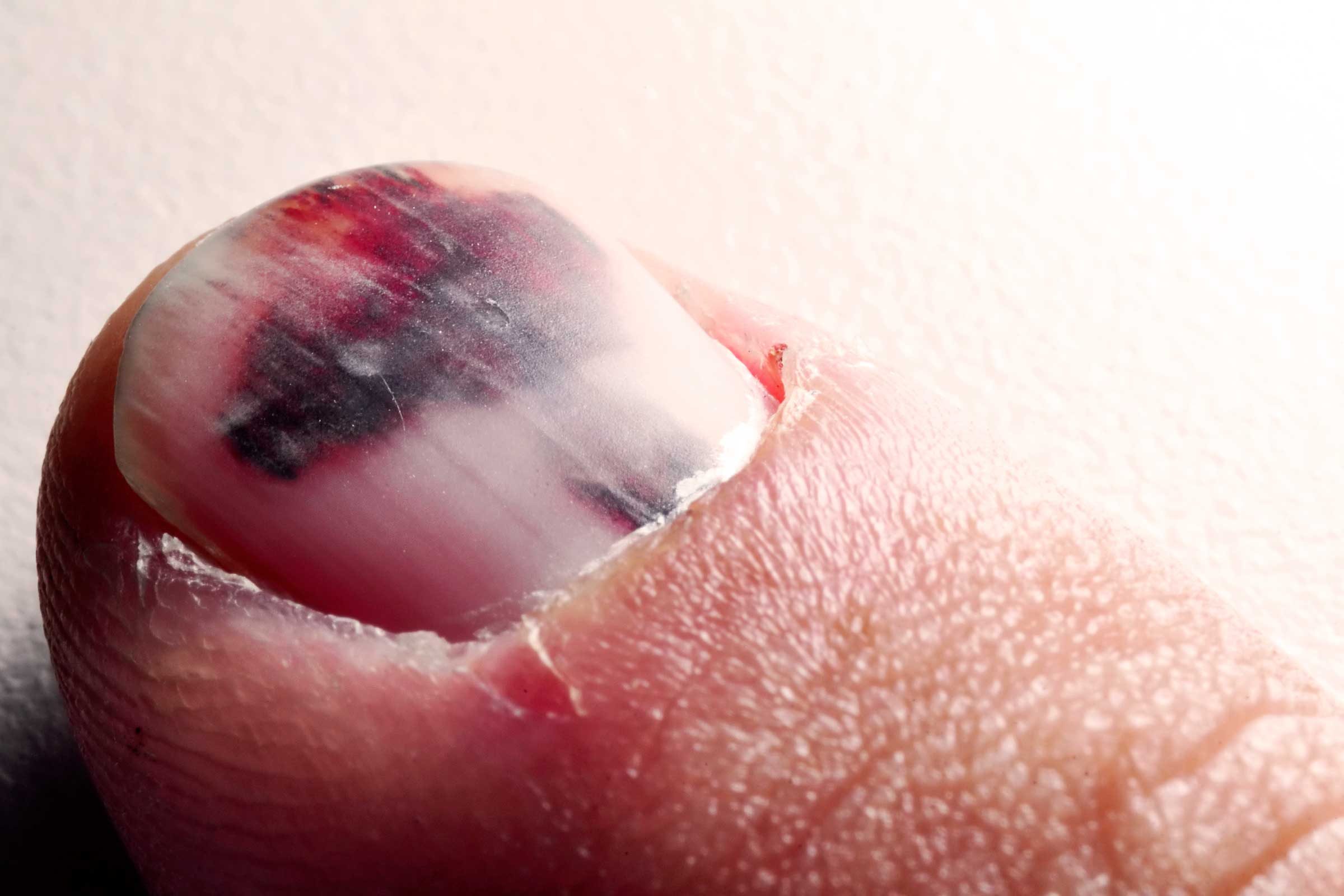
When you’ve smashed your thumb
When you smash a finger and get a bruise under the nail, the blood from the bruise can’t disperse like it could in other parts of your body. It’s trapped under the nail. Pressure builds up, and there’s sometimes intense pain. You’ll know the blood is what’s causing the pain if you see a dark spot developing under the fingernail and there’s a throbbing pain that seems to be getting worse and worse in the same area. To release that pressure, you can make a tiny hole in the nail using a lighter, a paper clip, and some pliers. Unbend the paper clip so it’s in one straight line. Using the pliers, hold the paper clip in the lighter’s flame until the metal is red. Quickly move the paper clip from the flame to your fingernail, tapping the nail with the end of the clip, in the middle of the bruised area. Just tap it quickly, for less than a second. You’ll know a hole has been made when there’s a sudden surge of pain followed by immediate relief and blood seeping through the nail. You may need to reheat and repeat until the clip goes through.
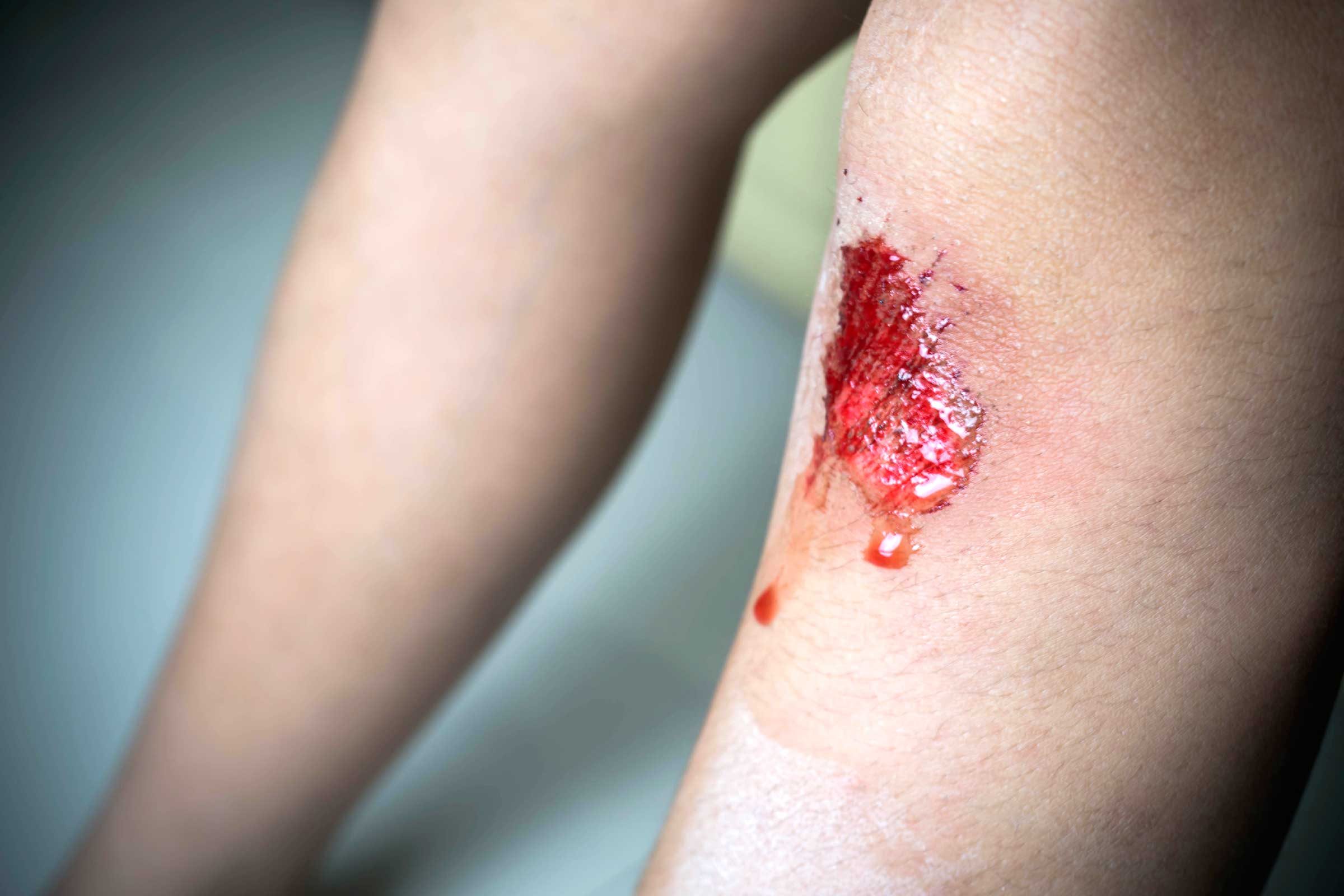
When you’re bleeding
Direct pressure will stop 90 percent or more of wounds from bleeding. Just find a clean cloth, wad it up, and press it directly on the wound. Hold it there for several minutes. If you continue to bleed profusely while holding the pressure, you may need a tourniquet while someone is calling 911 or getting you to the emergency room. If you’re bleeding a lot, you may feel faint and need to sit or even lie down while applying the pressure.
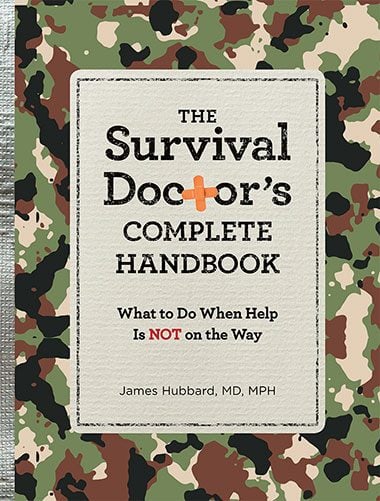
Get more first aid tips and tricks
Find more at-home medical procedures, including everything from how to get a fishhook out of your skin to how to use a tourniquet, in Dr. Hubbard’s newest book, The Survival Doctor’s Complete Handbook. Visit TheSurvivalDoctor.com for more evidence-based tips for dealing with medical problems when getting expert care is impossible.
